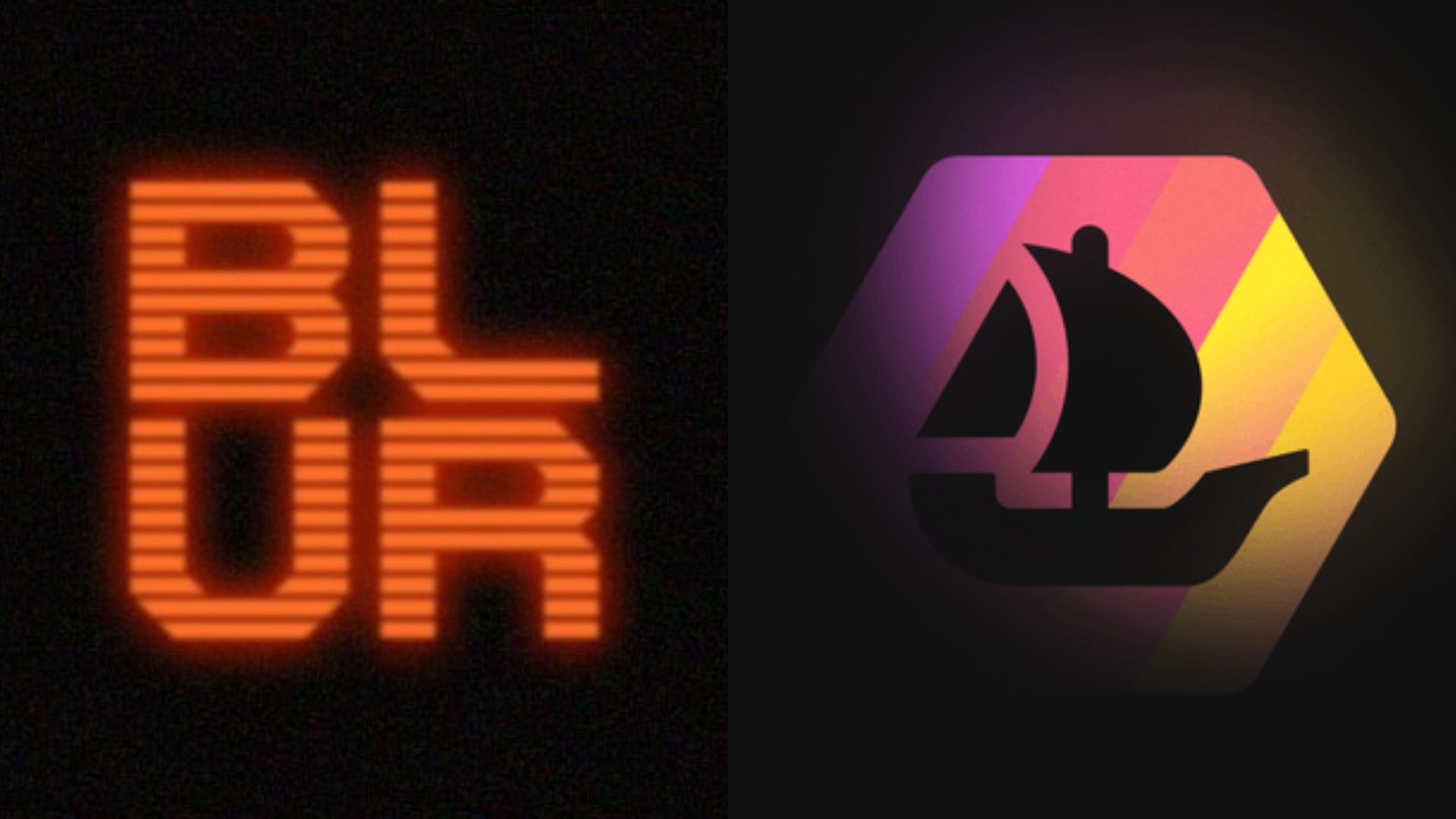
Several non-fungible token (NFT) creators and artists are exploring alternative platforms to sell their work following OpenSea’s decision to make creator royalties optional. OpenSea, one of the world’s largest NFT marketplaces, announced in August that it would no longer mandate creator royalty fees, which allow artists to earn a percentage of the sale each time an NFT is sold and resold. This move has sparked concern among creators who rely on these royalties as a significant source of income.
NFTs represent a significant opportunity for digital artists to monetize their work. With the ability to earn royalties, independent artists can benefit from ongoing revenue streams. However, OpenSea’s decision to remove this feature has raised questions about the platform’s commitment to supporting artists. Many creators, like Zancan, the pseudonymous generative artist behind the Garden, Monoliths NFT collection, believe that royalties are crucial for artists and the art world as a whole. Zancan’s collection generated over $1.2 million in secondary sales, resulting in over $118,000 in royalties.
OpenSea’s decision comes at a challenging time for the NFT market, which has experienced significant declines. The Forkast 500 NFT Index hit a new all-time low on September 19th, further exacerbating concerns among creators. However, artists have the option to explore alternative platforms such as LooksRare, Blur, and Rarible, which can provide additional outlets for selling their NFTs.
Creator royalties on OpenSea have experienced a significant decline since the decision took effect, falling 76% in the past two months. Similar trends can be observed on other platforms like Blur, where royalties have fallen by 36.4%. However, NFT production on Ethereum, the primary platform for NFT minting, has seen a 21% increase since OpenSea’s decision, suggesting a potential recovery in creator activity.
While OpenSea’s decision has certainly impacted creator royalties, diversification across different platforms may help artists maintain control over their earnings. By exploring alternative marketplaces, artists can reduce their dependence on a single platform and mitigate potential risks associated with changes in royalty policies.
Creator royalties are crucial for independent artists to continue their work, and NFT platforms should recognize their importance. Platforms that continue to uphold the concept of royalties may see a shift in artist preference, as creators opt for platforms that support their creative pursuits. Tezos, a creator-focused blockchain, has emerged as a popular choice for artists, generating over $126 million in all-time sales volume.
The decline in royalty-paying transactions on OpenSea and other platforms further highlights the impact of the decision to make royalties optional. Artists may need to carefully consider their options and explore platforms that offer robust support for royalties in the secondary market. While leaving OpenSea may not be necessary for some artists, adding more marketplaces and blockchain options can provide them with additional opportunities and ensure a more diversified approach to selling their NFTs.
Ultimately, the future of creator royalties in the NFT market remains uncertain. However, artists and creators must adapt by exploring alternative platforms, setting their desired percentage of royalties, and diversifying their presence to protect their revenue streams. By doing so, they can navigate the challenging landscape and continue to thrive in the evolving world of NFTs.






